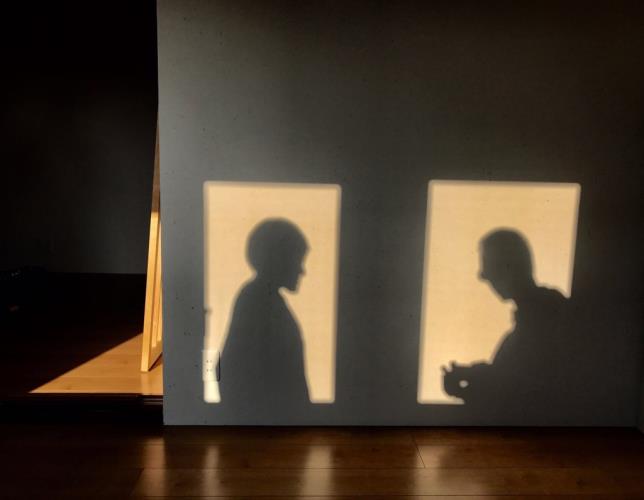Japan-based writer and traveller, specialising in design, lifestyle and travel journalism. Ron previously served as an editor of MING Magazine, ELLE Decoration and CREAM.

Kyoto 27
Unexpectedly, I have become the manager of an artisan gallery in Kyoto. The owner of the gallery is Alan Chan, a prominent designer in Hong Kong. In the 1990s, Alan was commissioned to do certain massive-scale projects in Japan. He made a strong bond with Japan no matter at work or personally. This has driven him to establish the gallery Kyoto 27 in Kyoto, a city that he has a deep affection for, with the aim of promoting Japanese arts and crafts. I have got an opportunity to take up the post of manager for the gallery and now I am in charge of almost everything from defining the goals of the gallery, curation, to the daily upkeep of the gallery.
The biggest difficulty we faced at the stage of inception is to define the character of the gallery. There are numerous artisan galleries in Kyoto. Like ours, a lot of them specialise in showcasing lifestyle crafts. The phrase “lifestyle crafts” was coined by craftsmen like Mitani Ryuji and Ando Masanobu more than a decade ago, as a response to the traditional art and craft. In the past, ceramicists in Japan only made items related to the Japanese tea ceremony, like tea bowls and ikebana containers. The concept of “lifestyle crafts” is to include all daily items into the sphere of art and craft. Today, crockery makers are also respected as artisans because of the “lifestyle crafts” movement.
A gallery specialising in “lifestyle crafts” will usually feature crockery and cutlery. A dish that is designed to hold curry may cost less than a thousand dollars. It is displayed respectfully on the shelf with a description beside it, detailing the name of its maker. Gallery operators in Hong Kong and Macao may find this practice bizarre because usually only objects with exceptionally high prices are regarded as art. However, “lifestyle crafts” are on the contrary. Both the objects and their prices are down-to-earth.
Gallery Yamahon, Ikuichiri, Utsuwa SaiSai and Second Price are among the several dozens of galleries specialising in lifestyle crafts. They have already satisfied the needs in the market. To find new customers is a headache. But this has made me keep thinking a question: As a gallery run by Hong Kong people with expertise in design and journalism, what can we do for the artists? How can we differentiate ourselves from other galleries?
When I was working on my new book All About Tableware and Its Makers, I met a lot of ceramicists. Among them, the conversation with Yajima Misao is particularly memorable. She said that as an artist specialising in pottery, making tableware is the easiest because it’s saleable commodities and usually galleries are more willing to collaborate with those artists. However, when the artist receives an order, he has to make the same product 100 times and draw the same pattern mechanically. This kind of repetitive work is gradually killing one’s creativity.
What Yajima said discloses the reality faced by such galleries in Japan. For the sake of the business, the gallery has to showcase best-selling products. Some of the artisans, in order to make a living, also work hard on crafting profitable items. They perhaps have some other preferences when it comes to creativity, but they are unable to find galleries that buy their ideas. This is totally understandable because craftsmanship is about serving people, while art is more introspective. And the role of a gallery is to communicate artisan’s and artist’s ideas to the audiences. The message has to be clearly communicated in order to target the right customers. Since artisans and artists have totally different preferences, galleries also need different approaches when communicating the messages. This seems to be the gap that we can fill in the gallery industry in Kyoto.
I have been working as a magazine editor for years. I do not have confidence when it comes to a gallery’s business operation, but I think I am good at communications. Moreover, Alan has a really strong team. I believe that we will find the way out to splendidly showcase artisan’s works and make their messages understandable.
The collaboration with Alan is filled with comfortable and joyful moments. He has a big heart. As long as it’s within the range of his ability, he is willing to help artisans to turn their ideas into a reality. Running a gallery is a business operation. Alan is contented so long as Kyoto 27 can be self-financed. He is liberal and open-minded, so he gave me a free hand to curate exhibitions. I therefore have had enough time to talk to artisans and to understand them more. And finally we together can come up with plans for future exhibitions.
I am not sure if Kyoto 27 can become an influential artisan gallery in the future. But I am confident that both artisans and audiences will find it unique and unreplaceable.